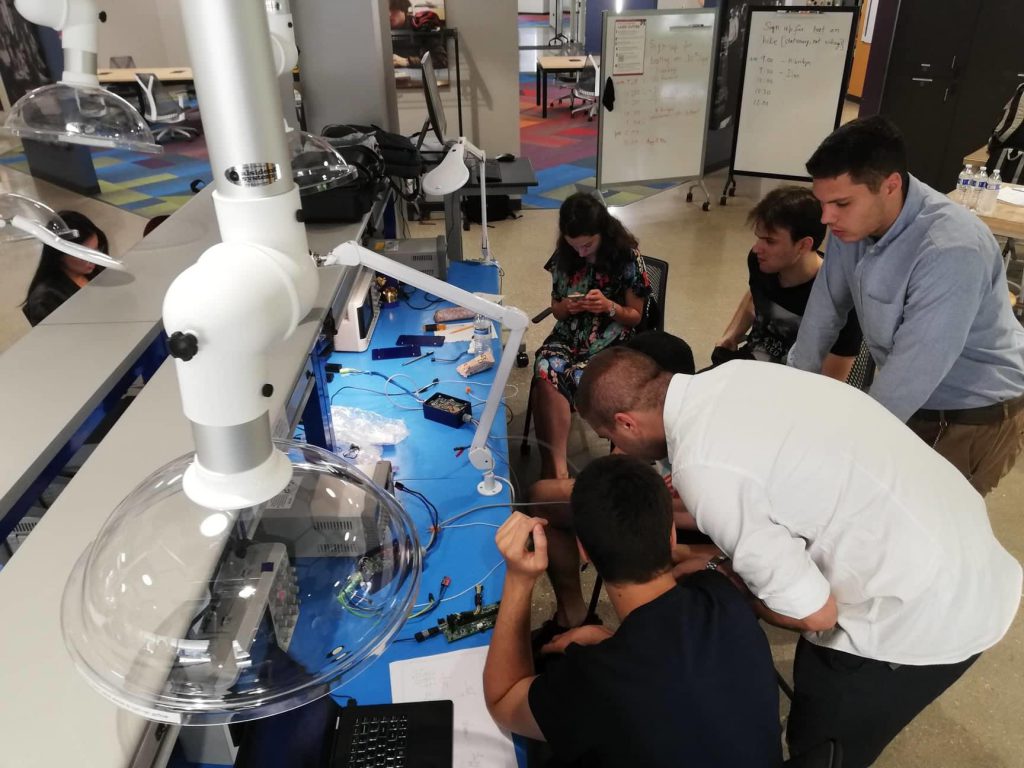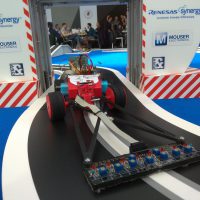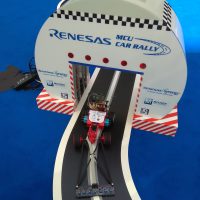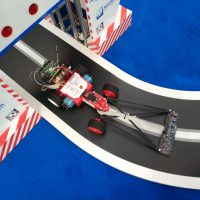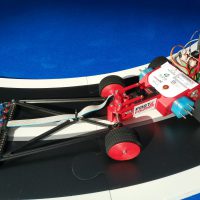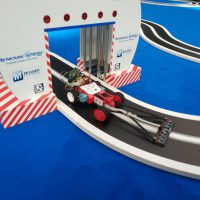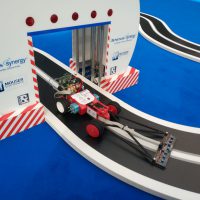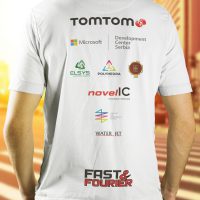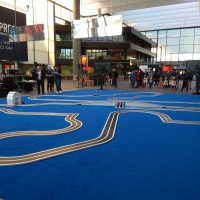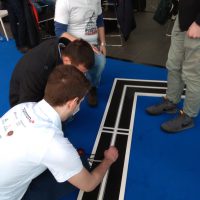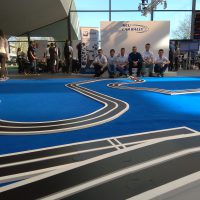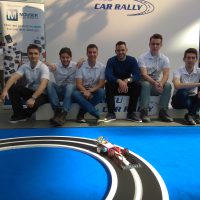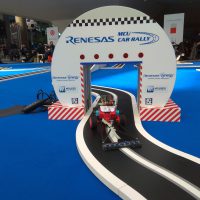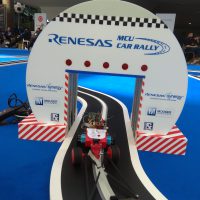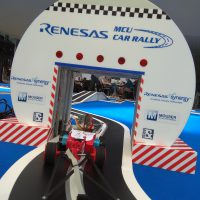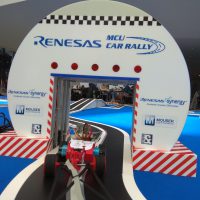1. How did it all start? What was the initial spark that made you say: “Let’s try to make the best solution”?

Fast & Fourier
We heard about “Renesas MCU Rally” through some of our older colleagues. They wanted to pass on the tradition of taking part in this competition.
2. Tell us a little bit more about your project?
The project we were working on is based on hardware assembly, programming and driving of a small racing car. The goal is for the car to follow the white line on a black track and reach the finish line as fast as possible. There are bends, sharp turns and switching lanes.
3. Was it hard to form the team? How many members do you have? How have you organized the workflow between you? Simply put, introduce us to your world
Our team consisted of five students from third year of Signaling and systems department of ETF. We learned a lot from our older colleagues who already took part in this competition, and we were highly motivated. Our team was divided into mechanical, electronics and programming sections, but we helped each other as much as we could.
4. Teamwork brings increased productivity, but also some tough moments. Can you single out a few moments you would never forget?
For me personally, the first time our racing car started moving around the bend of the road was the most exciting moment. There were frustrating times, too. Our racing car started to shut down for no apparent reason, but after a few days of hard work we identified the problem and everything was back in order.
On the day the competition was about to start we found out we are not allowed to use a tool we had in mind.
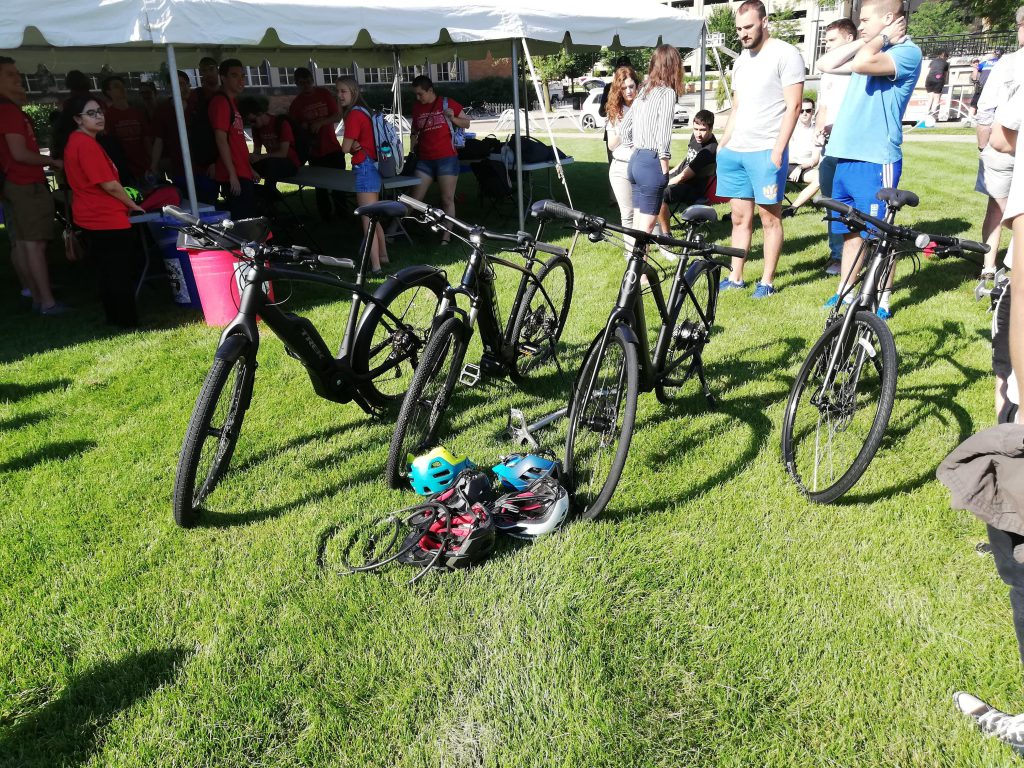
5. Have you encountered some hurdles on the way to (semi-finals/ finals)? And how did you overcome them?
It was difficult to get all the parts we need. Some of the items we couldn’t find in Serbia, so we had to order and wait for them to arrive. During the competition, we encountered problems in the first round as our racing cars kept slipping from the track.
6. Tournament – work presentations – experienced team of judges – all eyes on you and your solution. What does it feel like? What goes through your mind?
It was impossible to predict just how the racing car will behave on their track. We only had a few minutes for final testing and adjustments so we were pretty nervous. One of the judges was so impressed with our motivation that we had a short interview with him. We are the only team that assembled the racing car from scratch, using 3D printing.
In this project, like so many others, things don’t go smoothly from the start. It’s important to stay focused and have a problem-solving attitude.
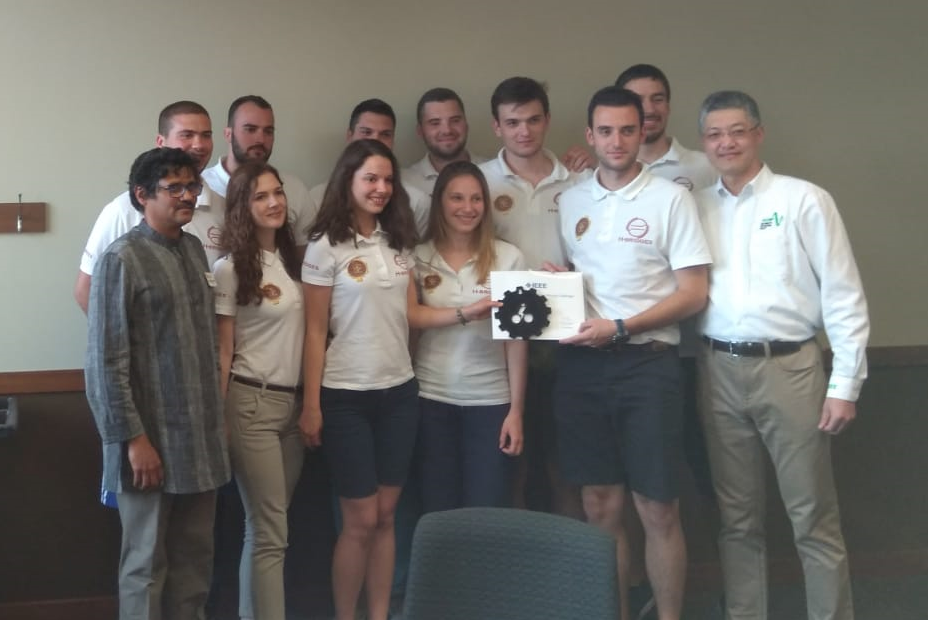
9. What piece of advice would you give to your younger fellow colleagues?
This is a competition where you can learn a lot, and you should not miss a chance to be a part of it. Also – watch out for those slippery tyres.


